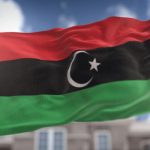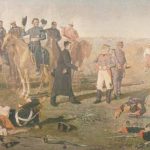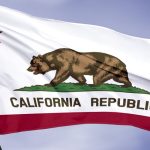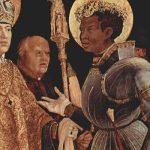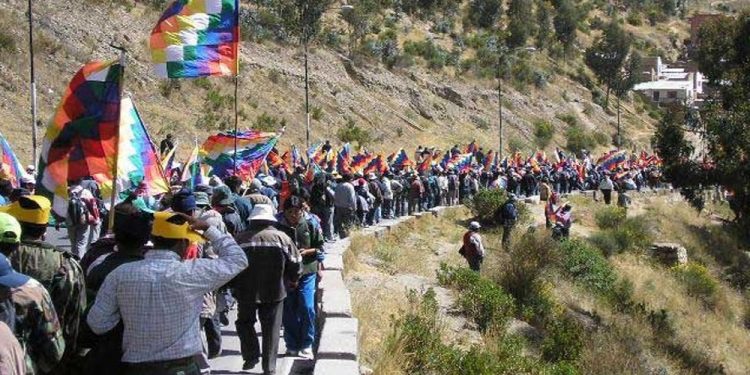
Indigenous Resistance Day
The Day of Indigenous Resistance is a holiday that’s observed on the 12th of October in some Latin American countries. While many people around the world celebrate Christopher Columbus “discovering” the Americas on this day, this holiday contends that he discovered nothing since people were already living in these places.
It also highlights the horrors that Columbus’ arrival in the Americas caused for the indigenous population—a population that suffered under European colonization.
The History of the Day of Indigenous Resistance
Some indigenous people began to demand their rights during the 1980s, and this prompted the United Nations to declare October 12, 1992, as the International Day of Indigenous Peoples, which came into direct opposition to Spain’s idea of having October 12th named International Day of America’s Discovery.
In many Latin American countries, this holiday grew out of a previous holiday known as the Day of the Race or Dia de la Raza. This holiday served as an alternative to Columbus Day—a holiday that commemorates Christopher Columbus’s arrival in the New World.
The Day of the Race was a way for indigenous populations in Argentina, Chile, Costa Rica, Colombia, Ecuador, El Salvador, Honduras, Nicaragua, Uruguay, Venezuela, the Philippines, and Mexico to celebrate the people, culture, and traditions of indigenous peoples.
Although the Day of the Race is still celebrated in some places, in many places, the day began to be known as the Day of Indigenous Resistance towards the end of the 1990s and the beginning of the 2000s.
Under Hugo Chavez’s administration, in 2002, Venezuela decided to enact the Day of Indigenous Resistance. The holiday had been previously known as the Day of Race, but President Chavez decided that the name was racist, pejorative, and discriminatory.
In 2004, the legislature of Argentina failed to enact this holiday and instead opted to create the Day of Respect for Cultural Diversity. In 2007, Nicaragua also decided to enact a Day of Indigenous Resistance.
The Effect of European Colonization in the Americas
During the 14th century, the Americas were a place that sustained great empires with over 60 million people. But this changed at the end of the 15th century when Europeans first set foot in the Americas and decimated native populations.
Thanks to the diseases that Europeans brought with them to the Americas, and for which the native populations had no natural resistance, millions of indigenous people died during what’s been known as the Great Dying.
During this period, approximately 95% of the indigenous population was annihilated. And this isn’t even mentioning the fact that indigenous people were targeted with brutality and even sold into slavery.
Observing the Day of Indigenous Resistance
People wishing to observe this holiday can do so in several different ways. For one, they can learn the history of indigenous peoples around the world and learn about how disastrous it was for these people when they came into contact with European powers. The next thing that a person can do is to celebrate and honor the traditions and customs of indigenous people.
